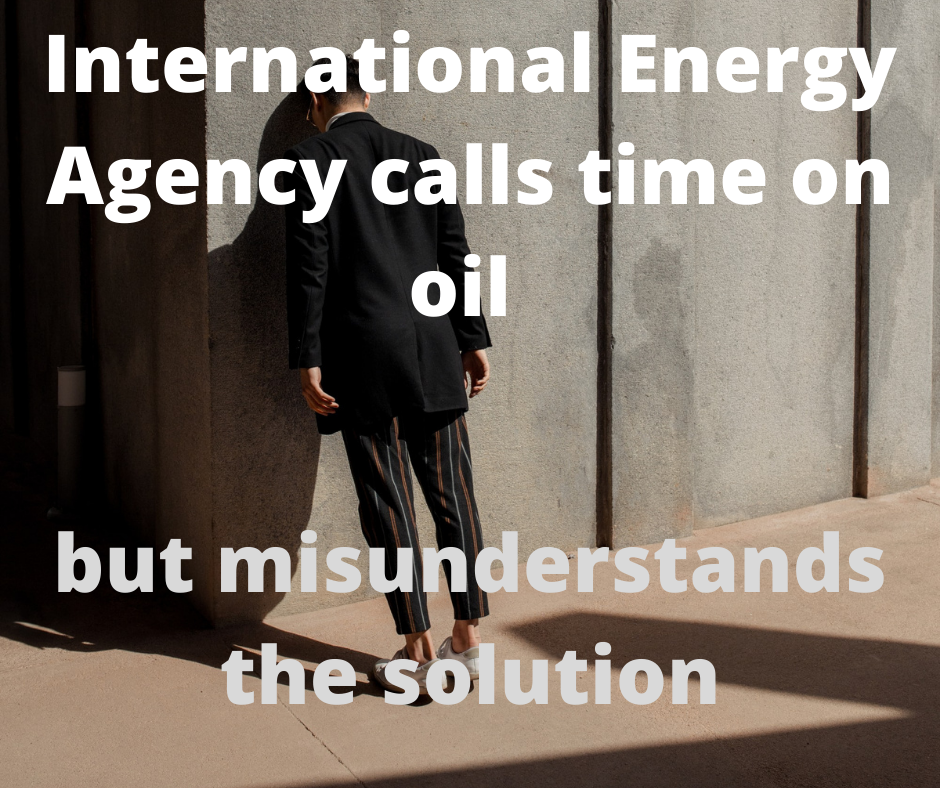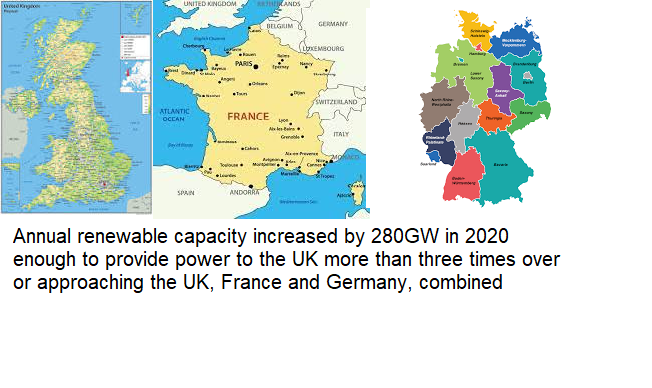The Pacific Coast heatwave was caused by climate change concludes a paper, and this illustrates why temperature volatility is the biggest climate change risk
It is an odd thing, but when economists estimate climate change's potential costs, they seem to forget all they have learned from elsewhere. Ask any economist worth their salt about risk with stock market investing, and they will talk about volatility. In the long term, stock markets go up, but they fluctuate wildly in the short term, and if an investor gets their timing wrong, they pay a high price. This is well understood; why then is the lesson forgotten when talking about climate change?
Nobel winning economist William Nordhaus of Yale recommends limiting increases in global temperatures to 3.5 degrees. There is much wrong with this idea, including the way future costs of climate change are discounted to give a net current value. But there is another problem.
If average temperatures rise by 3.5 degrees, maximum temperatures might rise by much more than that. And if that happened, the results really would be disastrous.
An economist is someone who can have one foot in boiling water, one foot in freezing water and say, "on average, I feel fine" - averages can have disastrous effects
In June, the northwest coast of the US and southern Canada experienced a heatwave like it had never experienced before. We don't know how many people died as a result, but it turns out that at least 107 people died in the US state of Oregon and there were at least 98 deaths in Vancouver.
According to a new paper, the temperature increases seen in the region would have been virtually impossible without climate change. Or if the heatwave was not related to climate change, then at the very minimum, it was a once in a thousand years event.
The paper said that the "heatwave was about two °C hotter than it would have been if it had occurred at the beginning of the industrial revolution (when global mean temperatures were 1.2° cooler than today."
The paper warned that if average temperatures rise to two degrees above the pre-industrial revolution level (0.8 degrees above current levels), the heatwave would have seen temperatures of one degree hotter. And that is a scary thought.

It also warned that an event such as the northwest and Canadian heatwave would occur roughly every five years instead of once in a thousand years.
We've known that climate change was loading the dice against us for a long time, but now we know by how much. The west coast heatwave was "virtually impossible" without climate change. Analysis by @wxrisk @gjvoldenborgh @SISeneviratne @FrediOtto et al. https://t.co/828X2w9gj1
— Prof. Katharine Hayhoe (@KHayhoe) July 7, 2021
Consider this thought experiment:
Average temperatures increase by two degrees, but for a short period in Northern America, Europe and Asia, maximum temperatures are four degrees higher than ever recorded before. Let's say that as a result, we see melting of some of the permafrost in the tundra regions, releasing methane into the atmosphere, leading to an even higher maximum temperature leading to even more melting of the permafrost.
The consequences would be simply terrible.
And that is why there is a disconnect. Of course, in business, we have to consider the worse case. When companies issue their annual reports, they have to consider the risks to the business. But with climate change, there is far less emphasis on the worse case.
Although IPCC models do indeed consider multiple scenarios, it is highly unlikely that they are factoring in the damage that could be created from higher maximum temperatures or increased volatility because we simply do not know how likely higher maximum temperatures are.

In an investment portfolio the biggest risk is asset price volatility, with climate change the biggest risk is temperature volatility. Strange, that we only take one of these seriously when the other will have much more dire consequences.






Related News
The tyranny of rightwing snowflakes and far-right wokism
Mar 14, 2023
Unconscious bias 1930s Germany and the BBC
Mar 14, 2023
Microsoft CEO says AI can reduce inequality
Jan 24, 2023